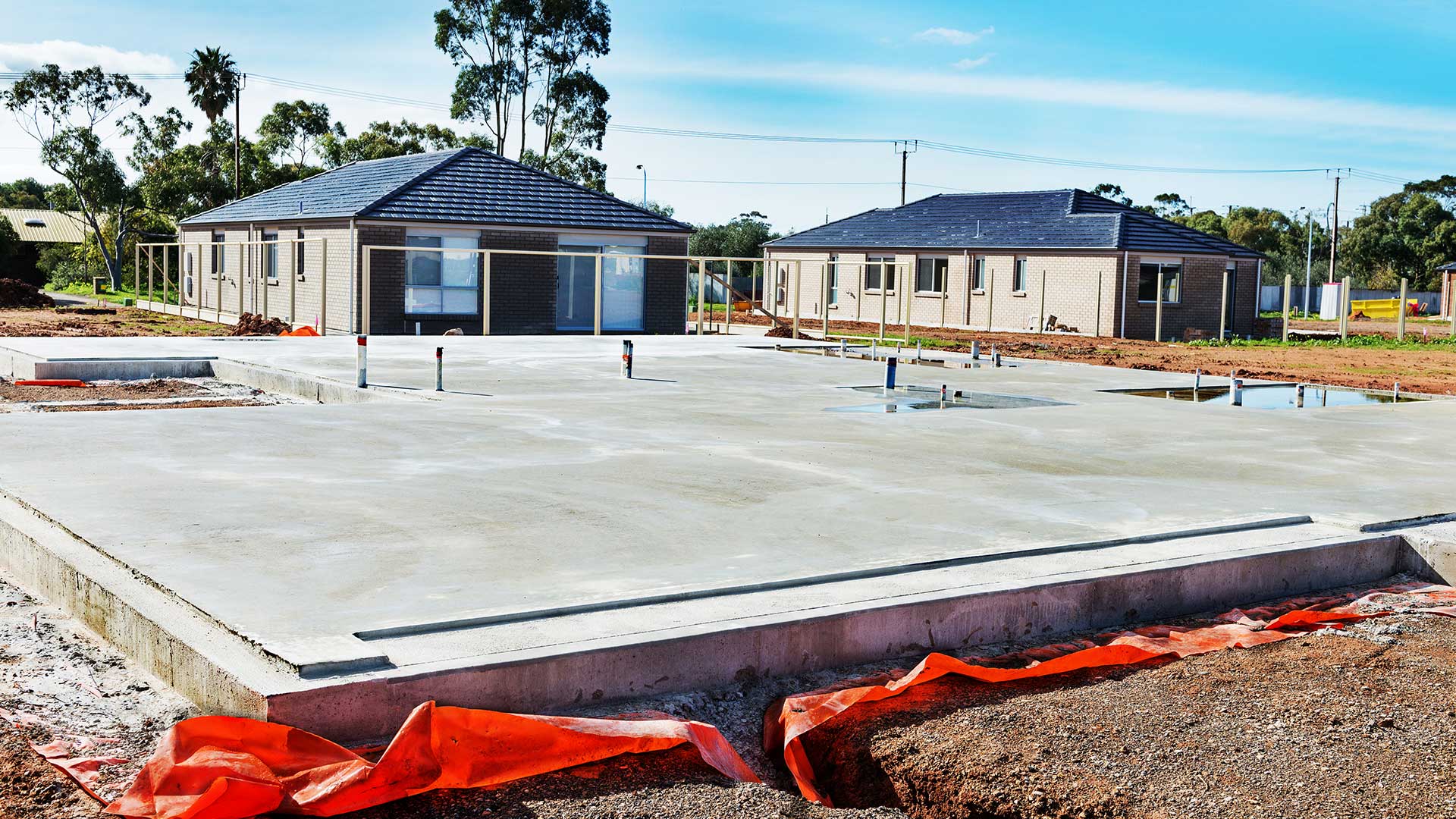I’ve come to understand that the government’s push for cavity wall insulation was a mixed bag. On one hand, it aimed to slash our heating bills and lessen our carbon footprint, which sounded fantastic. On the flip side, the execution was riddled with issues like insufficient skilled labor, logistical nightmares, and a one-size-fits-all approach that just didn’t work. Many of us ended up with damp walls, leading to moldy, unhealthy living conditions. This fiasco not only put our homes at risk but also took a toll on our trust in such initiatives. However, it’s not all gloom; policy adjustments and support for affected homeowners show a path toward rectification and growth. It’s clear there’s a lesson in every challenge, and if you’re curious, there’s more to uncover on how these lessons are shaping the future of sustainable living.
Important Takeaways
- Thorough planning and skilled labor are crucial to prevent dampness and structural issues.
- Continuous monitoring and review systems enhance accountability and effectiveness.
- Legislative reforms and enhanced quality standards are necessary for contractor accountability.
- Support for affected homeowners, including financial aid, fosters resilience and trust.
- Promoting sustainable insulation alternatives paves the way for environmental and economic sustainability.
Background and Intentions
Initially, the government launched its cavity wall insulation program with the noble intention of reducing household energy consumption and minimizing environmental impact. They recognized that a significant amount of energy was being wasted through poorly insulated homes, leading to higher heating bills for residents and a larger carbon footprint for the nation. This initiative, hence, aimed at providing a sustainable solution that would benefit individuals and the planet alike.
I found myself drawn to the program’s goals, appreciating its focus on both economic and environmental sustainability. It promised a win-win situation: I could lower my heating costs while contributing to a greener earth. The government’s approach seemed thoughtful, promising to tackle an urgent issue without overlooking the broader implications for community and global well-being.
The idea of belonging to a community that values sustainability and actively works towards it was appealing. It felt good knowing that by participating in the program, I wasn’t just looking after my own interests but was also part of a collective effort to reduce our environmental impact. This initiative wasn’t just about insulation; it was about bringing people together under a common cause, fostering a sense of belonging and collective responsibility.
Implementation Challenges
Despite the program’s promising start, I quickly encountered several implementation challenges that hindered its success. One of the first roadblocks was the shortage of skilled labor. It turned out that there weren’t enough trained professionals available to carry out the installations at the scale the government had envisioned. This not only slowed down the process considerably but also led to a compromise in the quality of some installations.
Moreover, I found that the logistical aspects of coordinating such a vast project were more complex than anticipated. Securing the necessary materials in a timely manner became a constant struggle, exacerbated by supply chain issues. This not only delayed projects but also inflated costs, putting additional strain on our budget.
Another unexpected challenge was the variation in property types across regions, which required different approaches and techniques. This meant that a one-size-fits-all strategy was not feasible, demanding customized solutions that further complicated the implementation process.
These challenges, among others, taught me the importance of thorough planning and the need for flexibility in executing large-scale government initiatives. It became clear that a more adaptive approach was necessary to overcome these hurdles and achieve the program’s ultimate goals.
Dampness and Structural Issues
As the project progressed, we encountered significant issues related to dampness and structural integrity in the properties targeted for cavity wall insulation. Many homeowners, keen for energy efficiency, were not fully aware of the potential complications that could arise from improperly installed insulation. This oversight led to cavity wall insulation problems an array of problems that not only compromised the comfort of their homes but also their safety.

The introduction of cavity wall insulation removal of cavity wall insulation was intended to be a solution for heat loss, yet for some, it became a source of concern. The moisture that seeped through the walls due to inadequate installation practices resulted in dampness. This not only affected the air quality but also the health of those living within these walls.
- Families waking up to cold, damp walls, feeling a sense of betrayal.
- Elderly residents struggling with the exacerbation of health issues due to mold.
- Young parents worrying about the structural safety of their home for their children.
It’s clear that while the intention behind cavity wall insulation was noble, the execution was flawed. We’ve learned that ensuring proper installation and material compatibility with existing structures is paramount to avoid these detrimental effects.
Learn more about Cavity Wall Insulation: https://www.northwooduk.com/articles/what-is-cavity-wall-insulation/
Homeowner Experiences
Many homeowners have shared their personal struggles and frustrations after having cavity wall insulation installed in their homes. I’m one of them. Initially, the promise of reduced energy bills and a warmer house seemed like a no-brainer. However, the reality was far from what I’d expected. Shortly after installation, I noticed a musty smell, followed by patches of damp on my walls. It was disheartening to see, especially after being assured that this would be a beneficial home improvement.
I wasn’t alone in my experience. Conversations with neighbors and online forums revealed a widespread issue. Many of us felt misled and abandoned, with little to no support from the companies or the government bodies that had so enthusiastically pushed for these installations. The financial and emotional toll of rectifying the damage was significant. It wasn’t just about the cost; it was the sense of betrayal and the disruption to our lives and homes.
This collective experience has fostered a sense of camaraderie among affected homeowners. We’ve shared advice, support, and advocacy strategies, trying to navigate the aftermath together. It’s a reflection of the resilience and solidarity of individuals facing shared challenges.
Policy Responses and Adjustments
In response to the issues surrounding cavity wall insulation, the government has implemented several policy changes. They’ve enacted legislative reforms to address the root causes and introduced financial support initiatives to aid affected homeowners. These steps aim to rectify the problems and prevent future occurrences.
Legislative Reforms Enacted
To address the widespread issues with cavity wall insulation, the government implemented several legislative reforms aimed at enhancing oversight and ensuring better protection for homeowners. These changes represent a pivotal step towards rebuilding trust and ensuring that the mistakes of the past don’t repeat. As we navigate through these reforms, it’s vital to recognize their emotional and practical impact on us, as homeowners and community members:
- Increased Accountability: Feeling safer knowing that contractors must adhere to stricter guidelines.
- Transparent Processes: Gaining clarity and peace of mind through more open communication.
- Enhanced Quality Standards: Resting easier with the knowledge that our homes will be insulated using only the best practices and materials.
These reforms are not just policies; they’re a commitment to our well-being and a demonstration of the power of collective action.

Financial Support Initiatives
How does the government plan to support homeowners financially in the wake of the cavity wall insulation debacle? They’ve rolled out financial support initiatives aimed at alleviating the financial strain on those affected. This includes grants for removing or replacing faulty insulation, as well as compensation for those who’ve suffered damage to their homes. They’re also offering zero-interest loans for homeowners looking to rectify the issues without upfront costs. It’s a step towards acknowledging the problem and repairing the trust that’s been eroded. By providing these financial aids, the government is not just assisting in immediate repairs but is also investing in the long-term energy efficiency and safety of our homes. It’s a move that I, and surely many others, welcome with open arms.
Moving Forward: Recommendations
Addressing government cavity wall insulation issues demands a strategic approach with actionable recommendations. I’ve learned, through extensive research and dialogue, that to truly move forward, we need to embrace change and make certain that our homes are safe, efficient, and supportive of our environment. Here’s what I propose:
- Establish a robust review and monitoring system: It’s crucial that we implement a system that not only reviews the effectiveness of current insulation practices but also monitors the long-term impacts on homes and families. This system should be transparent and accessible to all, fostering a sense of trust and community.
- Enhance support for affected homeowners: Many of us have felt the frustration and helplessness of dealing with insulation problems. It’s time for a dedicated support system that offers practical solutions and financial aid to those in need. By standing together, we can overcome these challenges.
- Promote sustainable and innovative alternatives: The future lies in sustainable living. Let’s invest in innovative insulation technologies that are not only effective but also environmentally friendly. Together, we can pave the way to a greener, more sustainable future for everyone.
Moving forward requires us to take these steps together. I’m committed to advocating for these changes, believing that together, we can make a difference and make sure a better future for our homes and communities.
Conclusion
As I’ve explored the complexity of government-led cavity wall insulation problems, it’s become clear: good intentions met tough realities. The drive to improve energy efficiency stumbled upon dampness, structural woes, and homeowner distress. Yet, amidst these challenges, policy shifts and adjustments emerged, signaling a readiness to learn and adapt. Moving forward, armed with lessons learned, we’re poised to recommend strategies that balance ambition with practicality, ensuring that the path to greener homes is both smooth and sustainable.

